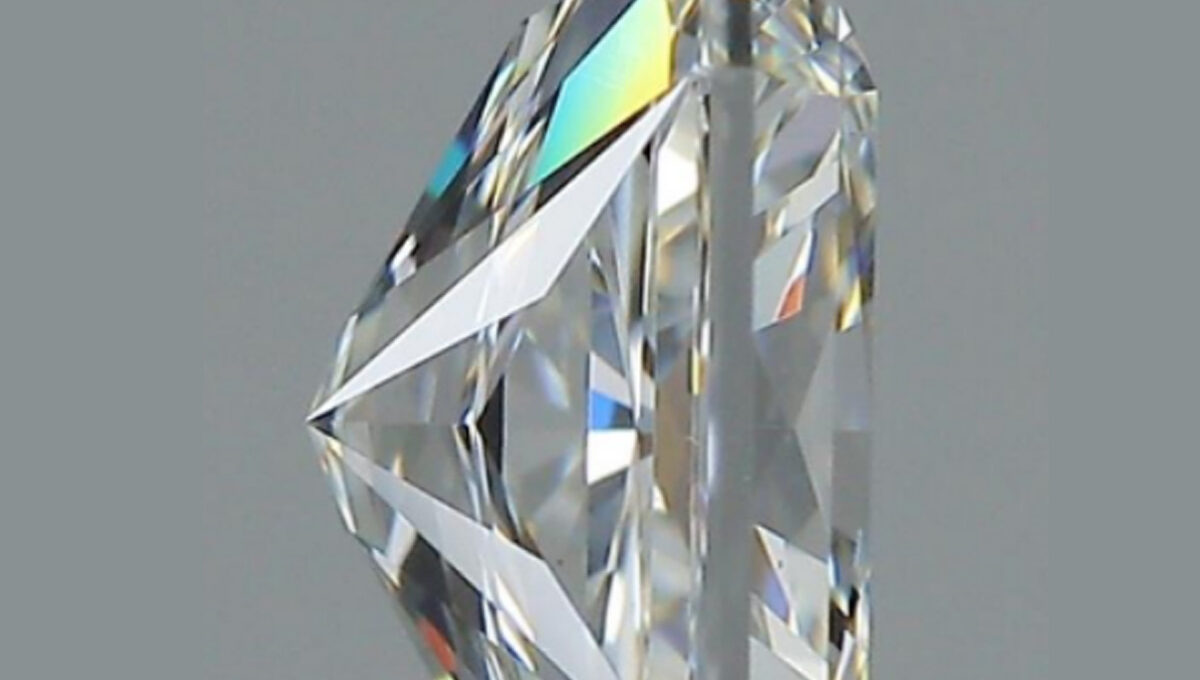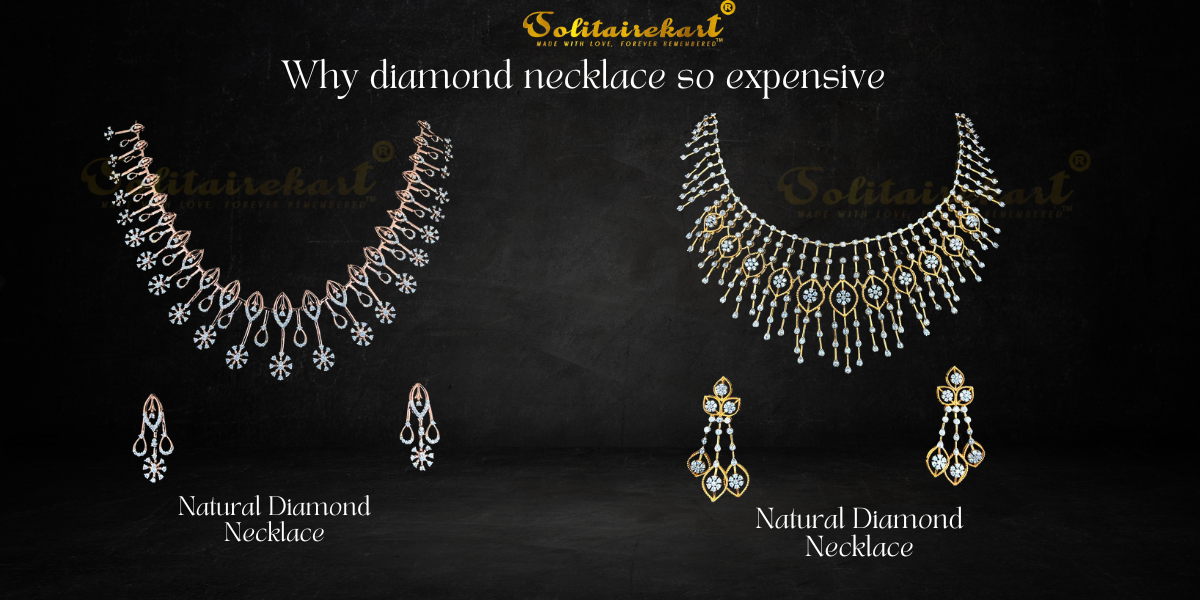

Unveiling the Pros and Cons of Lab-Grown Diamonds: A Comprehensive Guide
Lab-grown diamonds have revolutionized the jewelry industry by offering an ethical and sustainable alternative to natural diamonds. However, like any other product, lab-grown diamonds come with their own set of pros and cons. To make an informed decision about whether lab-grown diamonds are right for you, let’s explore the advantages and disadvantages they bring to the table.
Pros of Lab-Grown Diamonds
1. Ethical Sourcing
One of the most significant advantages of lab-grown diamonds is their ethical sourcing. Unlike natural diamonds, lab-grown diamonds are not associated with human rights abuses, unfair labor practices, or funding conflicts. Choosing lab-grown diamonds allows you to make a socially responsible and ethical purchase, ensuring the gemstone on your finger aligns with your values.
2. Environmental Sustainability
Lab-grown diamonds offer a more sustainable option compared to natural diamonds. Traditional diamond mining can have detrimental effects on the environment, including habitat destruction and water pollution. Lab-grown diamonds are created in controlled laboratory environments, requiring fewer resources and minimizing ecological impact. By opting for lab-grown diamonds, you can reduce your carbon footprint while enjoying the beauty of a diamond.
3. Cost-effectiveness
Lab-grown diamonds are typically more affordable than natural diamonds. The production process of lab-grown diamonds is more efficient and less time-consuming than mining, which translates into a lower cost for consumers. Choosing a lab-grown diamond allows you to get a larger and higher-quality stone for the same price as a smaller natural diamond, making it an attractive option for budget-conscious buyers.
4. Quality and Beauty
Lab-grown diamonds possess the same physical, chemical, and optical properties as natural diamonds. They exhibit the remarkable brilliance, fire, and durability that diamonds are known for. With advanced technology, lab-grown diamonds can be produced with consistent quality and visually stunning characteristics. This means you can enjoy a beautiful, top-notch diamond without compromising on quality.
5. Versatility and Customization
Lab-grown diamonds come in a variety of shapes, sizes, and colors, offering endless possibilities for jewelry customization. Whether you prefer a classic round brilliant cut, an elegant princess cut, or a unique fancy shape, lab-grown diamonds provide a range of options to suit your personal style. The versatility of lab-grown diamonds allows for creative and customized designs that reflect your individuality.
Cons of Lab-Grown Diamonds
1. Limited Rarity and Sentiment
Some individuals may argue that lab-grown diamonds lack the sentiment and aura of rarity that natural diamonds possess. As lab-grown diamonds can be produced in large quantities, they do not carry the same inherent sense of scarcity and historical significance as natural diamonds. This aspect may be important to those who value the tradition and symbolism associated with natural diamonds.
2. Market Perception and Resale Value
Lab-grown diamonds are still relatively new to the market, and consumer perception is evolving. While the popularity of lab-grown diamonds is increasing, they may not have the same resale value or demand as natural diamonds. It’s essential to consider that the market for lab-grown diamonds is still developing, and their long-term value may vary.
3. Certainty of Origin
While lab-grown diamonds themselves are a reliable and controlled product, there may be concerns about the traceability and certainty of their origin. Due to the similarities in appearance between lab-grown and natural diamonds, it can be challenging to distinguish one from the other without proper certification. Buyers should ensure they purchase lab-grown diamonds from reputable sources that provide certification and fully disclose their origin.
4. Energy Consumption
Although lab-grown diamonds are more environmentally friendly than their natural counterparts, the process of creating them requires energy. The energy demand of lab-grown diamond production should be taken into account, as it contributes to overall carbon emissions. While lab-grown diamonds still have a lower environmental impact, it’s important to acknowledge their energy requirements and ongoing efforts to reduce their footprint further.
Making an Informed Decision
Ultimately, the pros and cons of lab-grown diamonds must be weighed based on personal values and priorities. The ethical sourcing, environmental sustainability, cost-effectiveness, quality, and versatility of lab-grown diamonds make them an attractive choice for many consumers. However, factors such as rarity, market perception, and resale value may be significant considerations for others.
By examining the pros and cons, you can make an informed decision that aligns with your values, budget, and preferences. Lab-grown diamonds offer a compelling alternative for those seeking a socially responsible and sustainable option in the world of diamonds. Consider the advantages and disadvantages carefully, and choose a diamond that not only sparkles on your finger but also resonates with your principles and aspirations.


